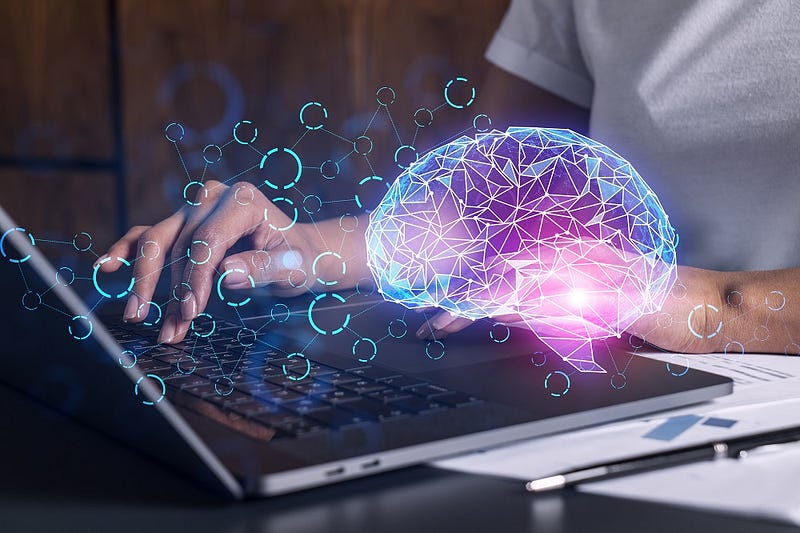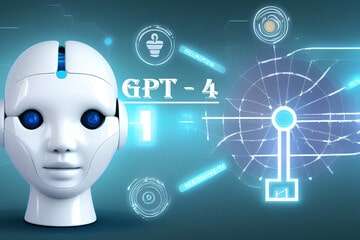
Best Deep Learning Skills for Engineers to Master During Recession
“Stay ahead of the game during a recession! Master these Essential Deep Learning skills for engineers to strengthen your expertise and open up new career opportunities in the ever-evolving world of AI.”
Introduction
It is more crucial than ever for engineers to remain current in their field with the start of a global recession. Deep learning is one field that has experienced substantial growth recently and doesn’t appear to be slowing down. A component of Machine Learning called Deep Learning involves teaching neural networks to identify patterns in data and then anticipate or take actions based on those patterns. Numerous engineering applications, such as predictive maintenance, process optimization, and autonomous systems, have been made possible thanks to it. These include areas like computer vision, natural language processing, and speech recognition, which it has revolutionized.

Here are the top Deep Learning skills that engineers should master if they want to remain competitive in the employment market during the recession:
Python Programming Language
Powerful programming languages like Python are frequently employed in Deep Learning initiatives. It is simple to use and has a sizable user base that shares information and offers support. Engineers will be able to create Deep Learning models, work with well-known Deep Learning libraries like TensorFlow, Keras, and PyTorch, and comprehend the concepts and algorithms that underpin deep learning by learning Python programming.
Mathematics and Statistics
Engineers must comprehend complex mathematical and statistical ideas in order to use deep learning. Among the fundamental mathematical ideas used in Deep Learning are calculus, probability theory, and linear algebra. In order to assess the effectiveness of deep learning models, engineers can also learn about statistics, including hypothesis testing and regression analysis.
Neural Networks
The foundation of Deep Learning is neural networks. They are employed to create predictive models that can classify data and identify trends. Convolutional neural networks (CNNs) and recurrent neural networks (RNNs) are two examples of the various types of neural networks that engineers should become familiar with and comprehend how they operate.
TensorFlow
Google created the open-source Deep Learning framework known as TensorFlow. One of the most popular tools for creating deep learning models is this one. Engineers can learn how to build and train neural networks using TensorFlow, as well as how to improve and assess models.
Keras
Engineers can easily create and train neural networks with the help of the user-friendly Deep-Learning framework Keras. It is constructed on top of TensorFlow and offers a streamlined UI for creating models. Engineers can learn how to create multi-input, multi-output models as well as basic and complex models using Keras.
PyTorch
Facebook created the open-source Deep Learning framework PyTorch. It is renowned for having a dynamic computation graph that enables engineers to create models that are more adaptable and effective than those created using traditional computation graphs. Engineers can learn how to create and train neural networks using PyTorch, as well as how to assess and optimize models.
Natural Language Processing (NLP)
In the area of research known as “Natural Language Processing,” or NLP, the use of natural language in computer-human interaction is the main topic of investigation. The creation of software that can comprehend and produce human words uses this technology. Building NLP models that can carry out tasks like sentiment analysis, language translation, and chatbot development can be accomplished by engineers using deep learning methods like recurrent neural networks and transformers.
Computer Vision
The goal of the area of study known as computer vision is to make it possible for computers to comprehend and interpret visual data from the outside world. It is utilized to create software programs that, among other things, can identify scenes, faces, and items. Convolutional neural networks are one type of deep learning method that engineers can learn to use to create computer vision models that can carry out tasks like object detection, image segmentation, and facial recognition.
Recurrent Neural Networks
Another class of neural network that is frequently employed in applications for speech identification and natural language processing is the recurrent neural network (RNN). They are made to manage sequential data, like text or time series. You ought to be knowledgeable about RNNs’ operation and the training of RNNs with tools like TensorFlow and Keras.

Conclusion
In Conclusion, Deep Learning expertise is becoming more and more crucial for engineers in the labor market of today. Engineers must master these skills in order to stay current and pertinent in the current economic climate. Engineers can benefit from the extensive possibilities provided by deep learning by learning about neural networks, and convolutional neural networks, and working with deep learning frameworks like TensorFlow and PyTorch. Additionally, engineers who have mastered deep learning skills can handle challenging issues and come up with novel solutions, making them valuable assets for businesses in the long run. Engineers can improve their deep learning abilities and create new career opportunities with the proper attitude and commitment.







